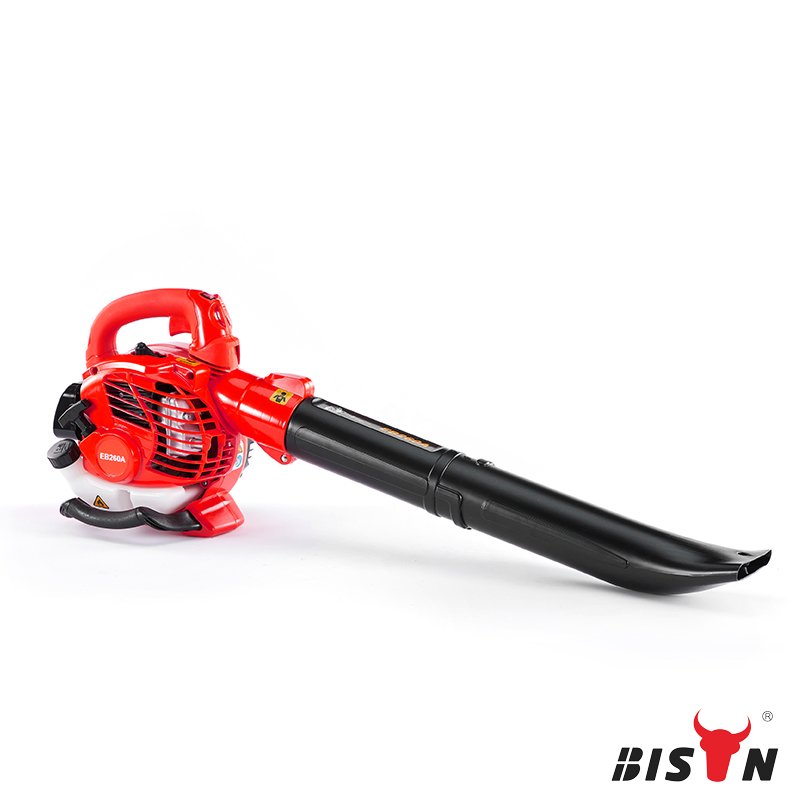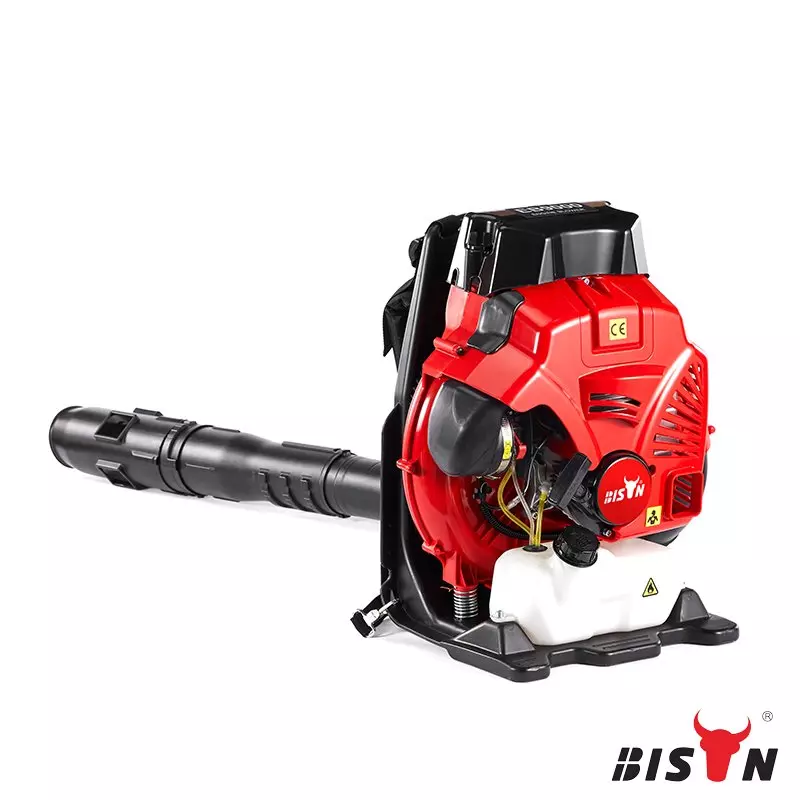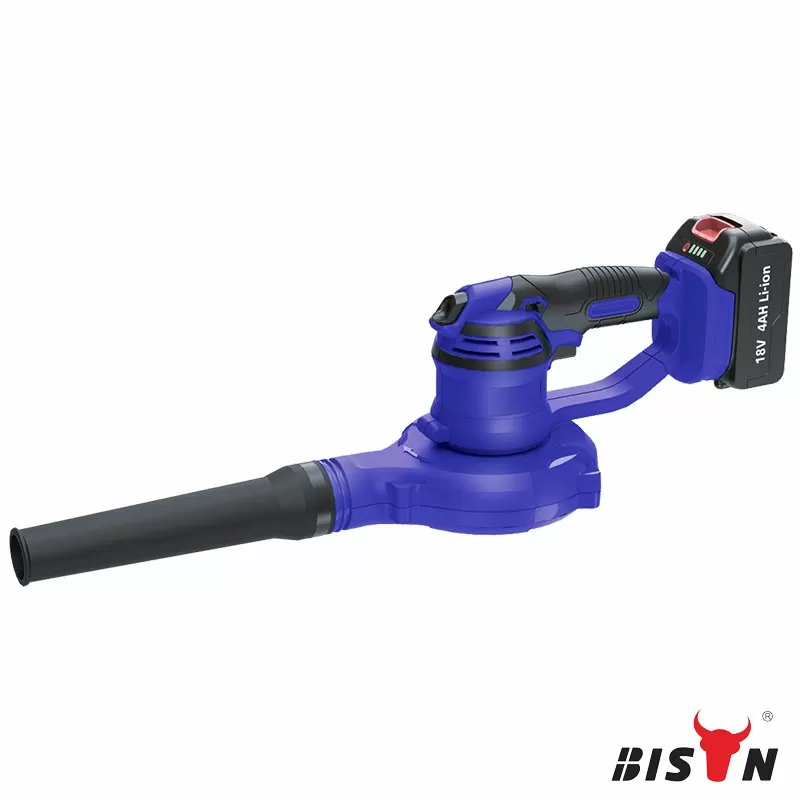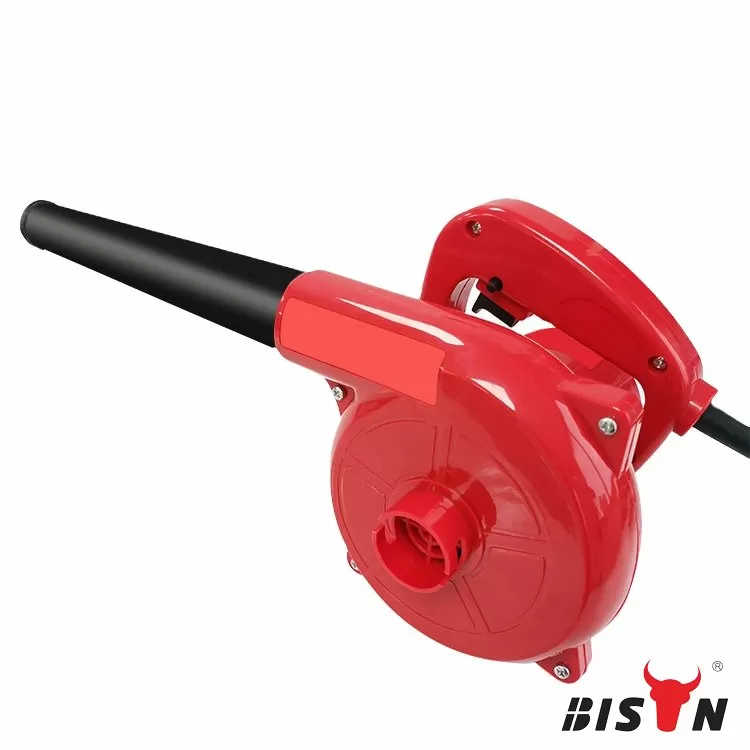What is better? CFM or MPH for leaf blowers
2023-09-08
Table of content
Whether you're a savvy homeowner or someone in charge of purchasing professional garden power tools, you don't just want to purchase the cheapest leaf blower on the market. You should invest in a high-quality leaf blower that provides enough power to do your cleaning job quickly.
This means there are a lot of stats to consider when shopping for your next leaf blower: weight, horsepower, and of course, speed (MPH) and airflow (CFM). But what do MPH and CFM mean? What exactly do these ratings tell you about the airflow strength of your leaf blower?
Read this blog post to know a detailed answer as there are many things to look at before coming to a conclusion. Let’s get started.

What is a leaf blower CFM?
For many people, CFM is not a familiar measurement. CFM is short for cubic feet per minute. It is a measure of volume or the amount of air that passes through the nozzle of a leaf blower in one minute.
Since CFM measures air volume, it's an excellent way to know how much material you can move with a leaf blower or how much area you can clean over time.
The higher the leaf blower CFM value, the more air the leaf blower will produce. You'll be able to clean wider areas in less time. A cordless leaf blower with a CFM between 400-700 should be powerful enough to significantly ease your fall yard chores. If you have a small yard with tiny debris, choose a leaf blower with 200-400 CFM.
What is a leaf blower MPH?
While CFM may be an unfamiliar concept, MPH is one that anyone who has ever ridden a car will easily understand. MPH, short for miles per hour, is a measure of speed. Regarding leaf blower airflow, the MPH measures the rate at which air passes through the nozzle.
Leaf blower MPH helps you understand how fast and hard a leaf blower can remove leaves and other debris. The higher the MPH rating, more forcefully and the faster the material is pushed away. It would help if you looked for a blower rated at 450-500 CFM and 150-190 MPH.
Remember that you will notice some variance in MPH and CFM values from what the manufacturer states. This is because most leaf blower manufacturer measures these values at the tip of the nozzle.
CFM vs. MPH for a leaf blower
Shoppers often ask what is the best range for leaf blower CFM or which is more critical, CFM or MPH. Not surprisingly, the answer is that it depends.
Combined CFM and MPH ratings speak for strength. A leaf blower with higher values in both measurements will have strong airflow.
However, as a rating, they may not always give you the clearest idea of what you need from a leaf blower.
When calculating the airflow strength of a leaf blower, it makes sense to consider CFM and MPH (i.e., the overall power of the leaf blower) together.
This is because CFM and MPH are related and can influence each other. As the volume or amount of air (CFM) increases, it becomes more difficult to maintain speed (MPH). In the same way, when the volume or amount of air is reduced, it is easier for airflow to achieve higher speeds and greater force as it travels through narrower areas.
Let's see how MPH and CFM interact with each other with some examples.
Low MPH and high CFM
Let's say you have a leaf blower with a high CFM rating but a low MPH value. You can even imagine an extreme situation like 1,000 CFM and 1 MPH. How does such a leaf blower perform? You'll get a lot of air out of it, but it's moving slowly. With so little force, you're extremely limited in what you can move.
With the high leaf blower CFM,you can remove a large pile of leaves without blowing them too far.
High MPH and low CFM
On the other hand, what does high MPH but low CFM mean for a leaf blower? As we've established, leaf blowers can achieve higher mph by forcing air through smaller nozzles. This means that with a smaller nozzle, you'll have a more limited reach when blowing leaves, so you'll take longer to clean a given area.
With a high-speed leaf blower, the user can push the leaves far away, but the pile will be smaller.
High CFM and high MPH leaf blowers
Now you can see that a blower needs good CFM and MPH. If a blower is lacking in one of these areas, its efficiency will be immediately apparent.
The best way to ensure you are getting good performance across the board is to find a blower with high CFM and high MPH. It's great for your yard but not so good for your wallet. Leaf blowers with high specs are also more expensive.
If your budget is limited, you may have to choose between CFM and MPH. In this case, selecting a model with a higher CFM is better.
Tips when considering CFM and MPH
However, CFM and MPH are significant numbers to pay attention to evaluate a leaf blower's airflow strength. When you consider them all together, you become a savvy shopper looking for the best value for money leaf blower.
Some leaf blower manufacturers often boast one of the ratings while hiding the other when advertising their products. If the leaf blower explicitly mentions both ratings, but you never know under what circumstances those ratings were measured. For example, if tested with the nozzle removed, a leaf blower will show a higher CFM rating. Still, in a real-world scenario, CFM with a nozzle is essential because we wouldn't be using a leaf blower without a nozzle.
So, to resolve this confusion, a third rating combines the MPH and CFM ratings into a single rating called Newton force. Newton's force, also called blowing force, provides a precise rating for leaf blowers. This way, buyers will know precisely how powerful the leaf blower is. The most powerful leaf blowers have a Newton rating of up to 40, while lightweight handheld models should have a Newton rating of 13. The best part of this rating is that it considers the diameter of the leaf blower nozzle, air pressure, and even temperature so you can get the most accurate rating possible.
How to calculate leaf blower blowing force
An excellent way to get a good idea of the performance of the leaf blower is to use a blowing forcecalculation.
You can calculate the blowing force as follows:
(MPH x CFM) x 0.0001 = Blowing force
For example, 200 MPH and 800 CFM = 16
So, a blowing force of 16 gives us a handy number to compare against other models we're considering.
Conclusion
A leaf blower cannot run efficiently without good CFM or MPH. Blowers with high CFM but low MPH will have difficulty moving the leaves. On the other hand, a unit with too much MPH but little CFM will not have good area coverage.
Finding the right leaf blower for you is very important. Prioritize an indicator based on yard size and biological waste. If you have a large property that requires regular maintenance, choose CFM over MPH. But if you're planning to move wet leaves and branches, look for a higher MPH.
Professional leaf blower manufacturer in China
Now that you're armed with this knowledge, it's time to choose the right leaf blower for your needs.
BISON understand these needs and has designed our products accordingly. We offer a wide range of leaf blowers, all certified by ISO9001, CE, and CCC. Whether you need a high-CFM blower for heavy-duty tasks or a high-MPH blower for precision work, we have a product to suit your needs.
What sets us apart from other manufacturers is our ability to customize the CFM and MPH of our leaf blowers according to our customers' requirements. Additionally, our extensive assortment of styles ensures that you will find a leaf blower that fits not just your needs, but also your aesthetic preferences.
Choose BISON leaf blowers for their quality, versatility, and customization options. With our products, you're not just buying a tool – you're investing in a solution tailored specifically to your needs.





